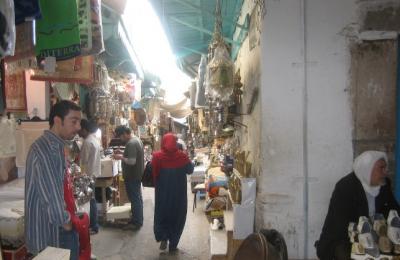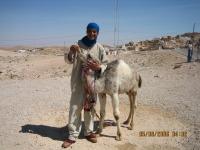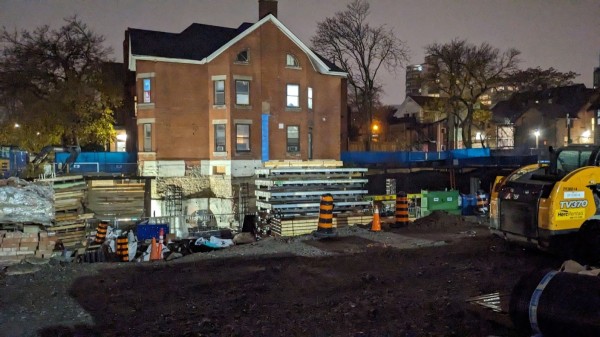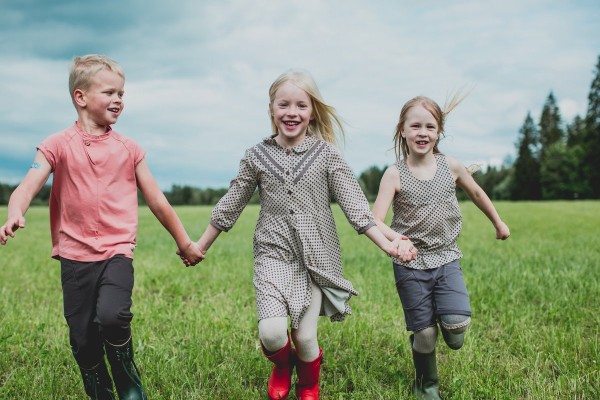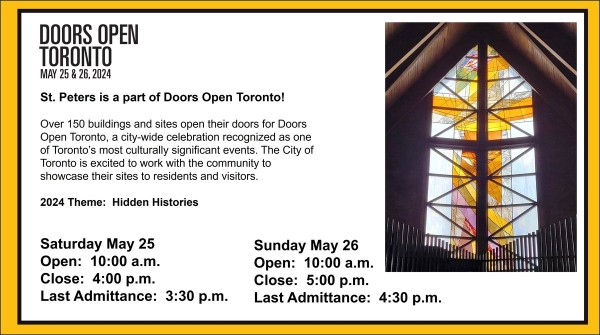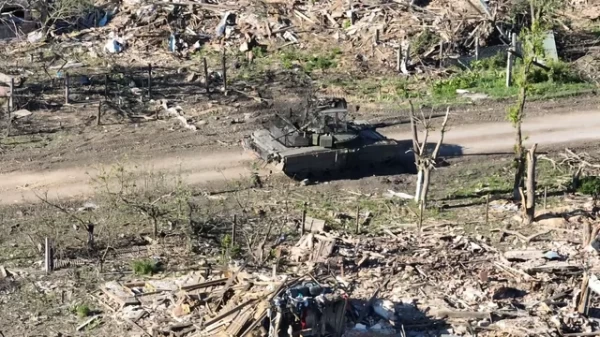Translated by Alliki Arro
Late in the evening, after the work and the chores of the day were done, we gathered in the cafeteria, pushed aside the tables and the benches, brought out some musical instruments, and started to dance. These dances became famous in the area and were called “tangoos” . I was too young to dance, but I still went to them in the beginning. I sat where the tables had been pushed to-gether, listened to the music and watched people dancing. The people who toiled in patched clothes and shawls in the day-time were transformed at “tangoo” time into bright and gay young people. Usually Egon Palts and Endel Toomsaar played their guitars, and sometimes Gunnar Floss joined them on the accordeon. The songs were the pre-war hits in Estonia: “Moonlight serenade” “On the road to Mexico”, “Harbour lights”, “My grandfather’s shirt”, etc. Almost all the young people in the camp came to the dances: Õie, Jaak and Eva Puhk, Zilli Jaus, Õie Meel, Juta Roots, Lya Grenz, Vilma Otmann, Karin Tombak, Ilmar Soone, Endel and Jüri Simm, Juku Trump, Roman Bertelov, Albert Jaansoo, Harri Palm, Erik Kaljuvee, Sven Lusgin, Arno Rulli...I don’t remember any more how frequently they organized these “tangoos”, but it was an eagerly awaited event.
A four-grade school started operating in the camp. The lounge that had been in one of the barracks was transformed into a classroom. There was only one teacher - Zoya Petrovna. All the children that had been placed in the camp were eligible to attend; over half of the pupils came from neighbouring villages. I was placed in Grade Three. Again I remember freezing in a huge, bleak room. By this time I had completely run out of anything to wear. When it turned really cold, I could not attend classes any more. Apparently there had been an occasion when the store had been selling padded jackets and pants, in addition to bread, but there were none for me to buy. (Õie managed to buy a jacket. There were two holes and dried blood on its back. After it was washed and patched, it became a good, functional work jacket).
And then came a time again, when the only member of our family able to go to work was Eva. Mother did not have warm work clothes, and her health had started to deteriorate again. Fortunately we were permitted to have parcels sent to us from Estonia.
I remember the arrival of the first parcel. We waited impatiently for Eva to come home from work - we wanted to open the parcel with all of us present. It contained sugar, butter and salted bacon fat. At the end of the winter I was sent a warm coat and boots from Estonia. Mother too, was sent warm clothing. But my schooling remained interrupted for the time being.
Eva worked in the stables. When spring came, I spent most of my time there with her. I helped her look after the horses, and I was always near them. At one point I even slept nights in an empty manger in the stable. I learned how to handle horses and how to ride without a saddle. Many of the Estonians worked with the horses. I volunteered to work there as well. They took me on. I got a beautiful grey horse. The first task I was given was to make a silo pit. I had to mount a horse (without a saddle, of course) and walk it around the silo pit. They kept piling newly cut grass and birch twigs into the hole and the horse and I rose higher and higher. An onlooker would say this was a simple process, but before nightfall I had rubbed the skin off my back-side. I couldn’t very well complain to anyone about this, besides, I would have been removed from this task. The next day, I tied an old padded jacket on the horse’s back and tried to sit on that. But the jacket kept sliding under the horse’s stomach all the time. I fussed more with this jacket, than I worked on the silo pit. I had another task - to transport water to the cabbage patch. A big wooden barrel was tied onto a cart. The barrel had to be filled with water at the pump-house, and then you had to take it to the patch. Once there, you had to scoop the water out of the barrel with a wooden bucket and hand it to the workers who would water the patch. The cabbage patch was located very near the pump-house with the result that I had to lift full buckets more than I could ride with an empty barrel. By the end of the day, I was so tired that I could hardly drag myself to the cafeteria. People were saying, “a child should not be given such physically demanding work...” Maybe not, but you had to have the strength to do it, and you did it.
(To be continued)
Letter to my Father (10)
Järjejutt
TRENDING






